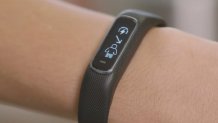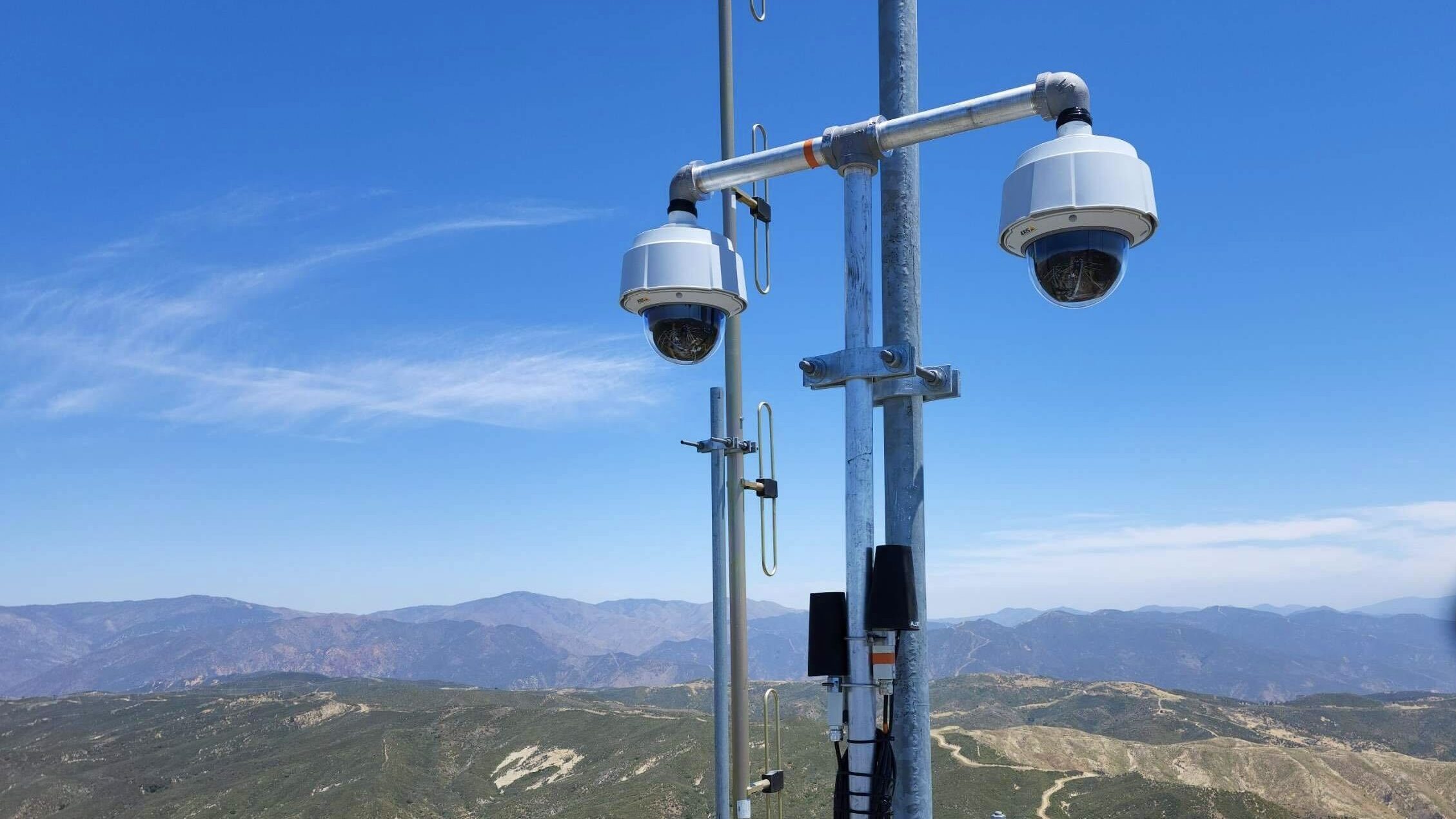Scripps researchers in La Jolla are hoping a study focusing on wrist-worn gadgets will help ease symptoms for people dealing with long COVID.
Scientists at the Scripps Research Digital Trials Center have teamed up with health technology company CareEvolution to study whether or not wrist-worn devices, such as activity trackers and smartwatches, can help people with long COVID manage and reduce the severity of their symptoms through a technique called "pacing yourself."
Researchers have found common ground between long COVID and patients struggling with worse symptoms after small physical, mental or even emotional exertion. Scientists call this Myalgic Encephalomyelitis/Chronic Fatigue Syndrome, according to Scripps Research.

Get San Diego local news, weather forecasts, sports and lifestyle stories to your inbox. Sign up for NBC San Diego newsletters.
Long COVID symptoms
Long COVID patients were also found to be dealing with an increased heart rate after standing up or walking, causing dizziness and heart palpitations.
In both cases, patients said monitoring their level of energy use has helped them to improve their symptom management. This technique is known as pacing, and allows long COVID patients to learn their own maximum level for energy exertion, which is shown by a number on their wrist-worn device.
"So what the wrist-worn-wearable does is gives you a metric of your body battery, very similar to a cell phone battery, a number from zero to 100, saying how much energy you have for that day. So it gives you feedback in real time instead of having that delay of 48 hours, so that you can say, okay, you know what? My battery is low. I need to rest now and recharge, or my battery is high. I can take on that task today," said the study's principal investigator Julia Moore Vogel, PhD.
"While symptom management will not remove the root cause of long COVID, we hope to validate the patient community’s experience that pacing is currently one of the best ways to reduce symptom severity, and wearable devices can help implement pacing," Vogel said.
Principal researcher Vogel used her own experience with long COVID to help design the study. Vogel said she and other patients often experience physical exhaustion up to two days later and she hopes this will study will help people better manage their symptoms.
“New treatments and interventions are urgently needed,” Vogel said.
Scientific research in San Diego
What is long COVID and how many people suffer from it?
About 65 million people are living with long COVID and currently no widely effective treatments exist, according to Scripps Research. Long COVID is a collection of symptoms that start and continue after infection. It can impact multiple organ systems such as respiratory, cardiovascular, neurological, musculoskeletal and immunological. For myriad folks, long COVID changes the lives of those who have it, according to Scripps.
In general, trackers that collect data on heart rate, heart rate variability, physical activity, sleep patterns and stress levels have been helpful in determining a patient's physiological state.
The goal of the Long COVID Wearable Study is to figure out if the participating long COVID patients who wear the trackers and get educational materials on the pacing technique see the severity of their symptoms decrease, and to see if the tracker's brand makes a difference.




